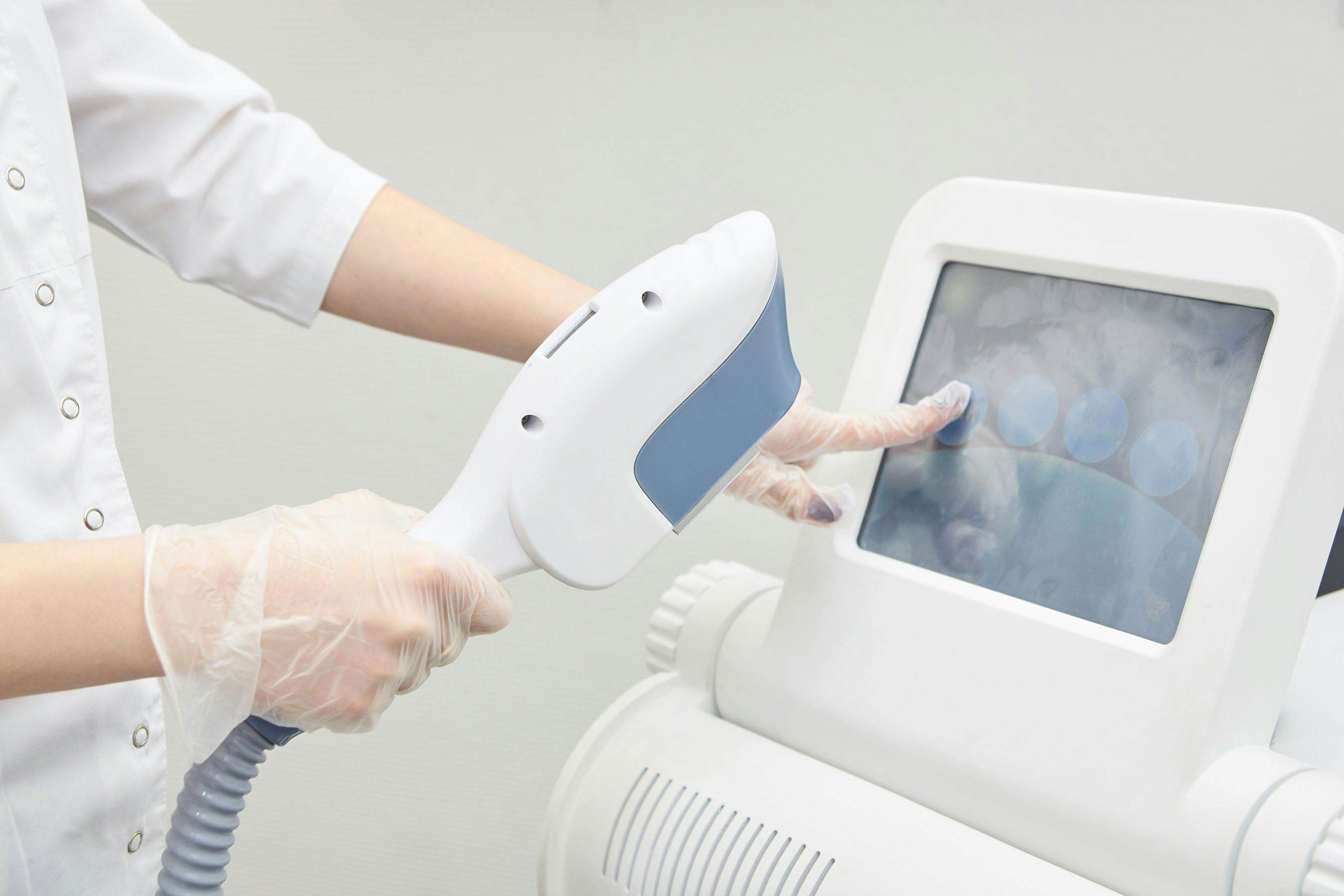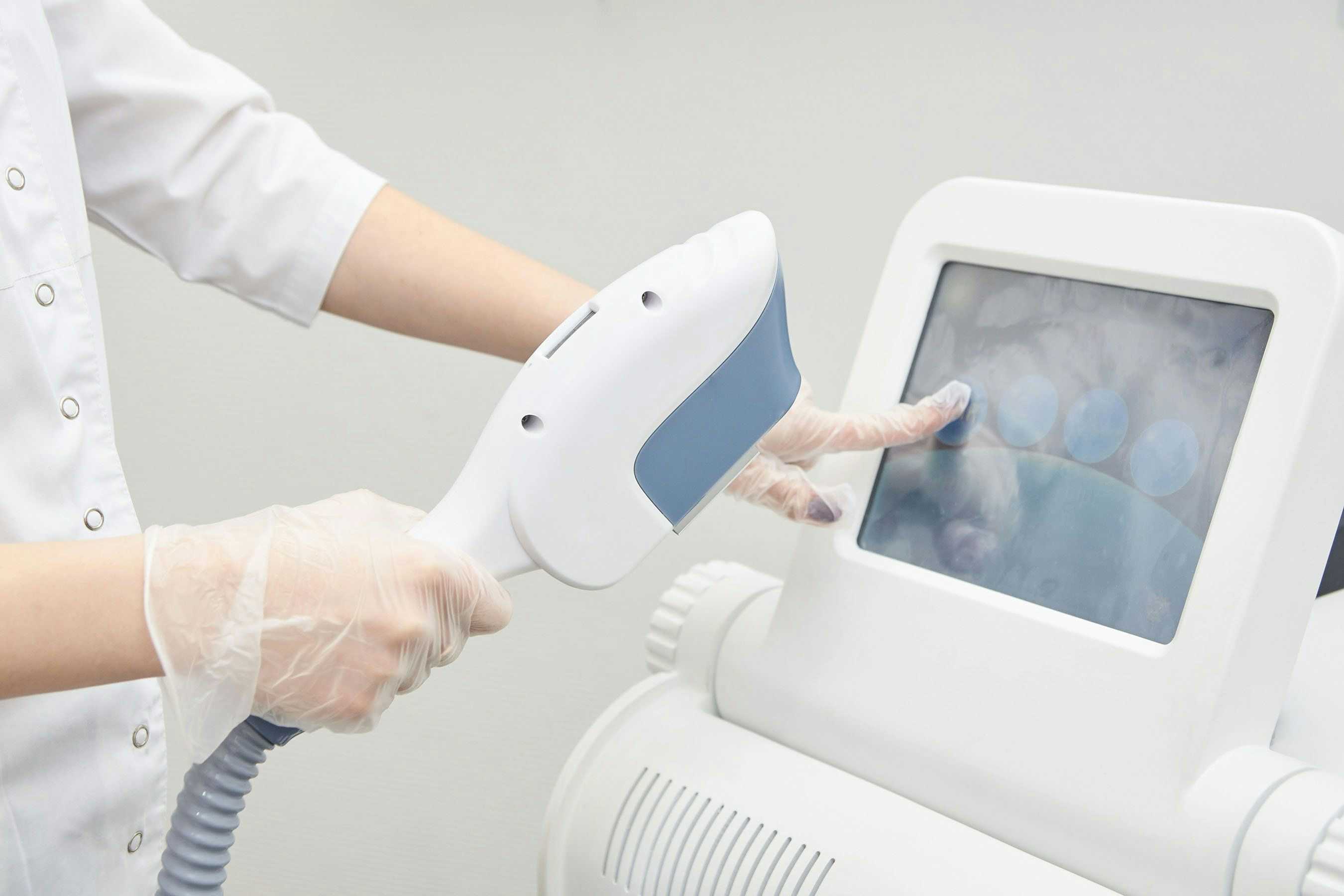Shaving, waxing, tweezing, sugaring, and even electrolysis-ing – there is no limit to the ways in which women (and a growing number of men) elect to remove unwanted hair. In recent years, by far the most popular method is laser hair removal. Like any cosmetic procedure, laser hair removal has its own risks and warnings. It also has its own set of specific injuries that can result from misuse, which in turn, can lead to lawsuits.
Laser hair removal has not experienced a huge wave of lawsuits like other riskier cosmetic procedures (more invasive surgical procedures, such as breast augmentation and liposuction, are the most commonly litigated), but that does not mean that these types of lawsuits are nonexistent. In light of the fact that laser hair removal has become so prevalent in recent years, and with its proliferation throughout not just medical offices but other types of facilities, it is possible that the number of lawsuits will increase in the near future. And like any legal claim related to a medical error or treatment, the pertinent experts in the applicable field will be necessary to prove or disprove the allegations.
How Does It Work?
Laser hair removal works by using a laser to destroy the root of the unwanted hair follicle. When exposed to the laser pulses, the melanin in the hair follicle (the component responsible for the hair’s color) absorbs the photons of the laser, breaking down the follicle. Once destroyed, the hair growth slows and after a certain number of treatments (depending upon the area), the growth ceases. Because the laser works by identifying dark colors, it works best on those with dark hair and light skin tones since the differentiation in coloring is easier for the laser to target.
During the treatment, numbing cream may be topically applied to the area to ease the pain of the laser pulse (which some describe as akin to a rubber band snapping on the skin). Eye protection must be worn to protect against the laser’s light. The types of laser machines vary widely with different brands offering different strengths. The skin may feel a burning sensation during and immediately after treatment. The recovery time is minimal. The skin may look and feel sunburned. Patients are advised to avoid the sun and wear sunscreen before and after treatment. Laser treatments are repeated until the patient achieves their desired result.
What Are the Side Effects?
Common side effects of laser hair removal include redness and irritation of the skin, crusting of infected areas, and a change in skin color to either darker or lighter in tone. The laser may also cause photosensitivity (sensitivity to sun exposure), which is why patients are advised to avoid sunlight before and after treatment, lest discoloration may occur. Less common, but more serious side effects can include skin infection, scarring, burns and blisters, and eye injuries due to the laser.
When not properly conducted, laser hair removal can cause serious injuries. “A lot of people view it as something similar to getting a haircut, but it’s a little bit more involved and has greater risks,” Dr. H. Ray Jalian stated. “There’s a chance you could have a scar or a burn for life.” The potential risks and permanency of injuries associated with laser hair removal should not be overlooked when booking this procedure.
Potential for Litigation: What are the Experts Saying?
While not a frequent subject of litigation in comparison to other cosmetic treatments or more invasive surgeries, laser surgery lawsuits are on the rise, partly due to the growing number of non-doctors performing laser treatments.
In 2013, researchers found that 75 out of 175 legal claims (about 43%) related to laser hair removal or laser scar removal were against laser technicians or other non-doctors that operated the laser. The proportion of lawsuits naming a nurse, medical assistance, technician, or intern as the laser hair removal provided more than doubled between 2008 and 2011. Most of these treatments were conducted outside of a traditional medical facility, such as a medical spa. The number of lawsuits involving a non-physician have increased in recent years suggests that laser hair removal is a more considerably invasive procedure than advertised. Dr. H. Ray Jalian, who conducted the study, found that “the evidence suggests there may be something more risky (about) getting a procedure done by a non-physician, particularly in a non-medical setting.”
However, there is no one uniform requirement as to who can or cannot operate a laser for the purposes of laser hair removal. While some states mandate that only a physician may do so, other states have no requirements at all. Because of its popularity, laser hair removal services are offered at a bevy of different places and in states where there aren’t any operation requirements, a laser may be used by anyone such as a spa owner, esthetician, or cosmetologist.
Educational and licensing requirements are not the only factors to consider when evaluating the capabilities of a laser operator and, in turn, the potential for a negligence or malpractice claim. The appropriate training is necessary in order to competently use a laser. Being a physician does not necessarily immunize against the risks of a laser. As dermatologist, Marina Peredo, M.D., notes: “Laser treatment is not taught in medical school, so physicians performing laser treatments also need training and certification.”
Despite no uniform requirement, the American Society for Dermatologic Surgery Association has taken the position that when laser procedures are done by a non-doctor health professional, “the supervising physician shall be physically present on-site, immediately available, and able to respond promptly to any question or problem that may occur while the procedure is being performed.”
Filing a Laser Hair Removal Lawsuit
The type of legal cause of action to file in a laser hair removal case is not always clear. An injured plaintiff might not necessarily be able to file a medical malpractice action in states that do not recognize laser hair removal as a “medical treatment.” However, lawsuits may be brought under a negligence theory, with plaintiffs claiming that the technician or medical professional deviated from the requisite standard of care.




